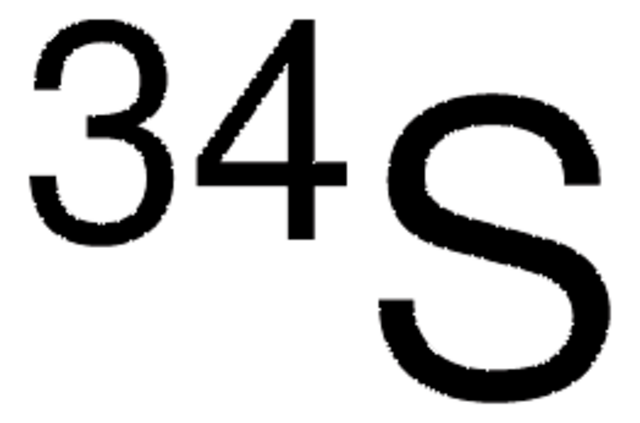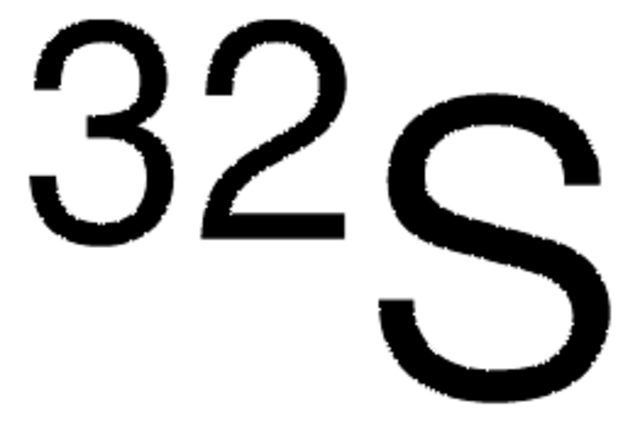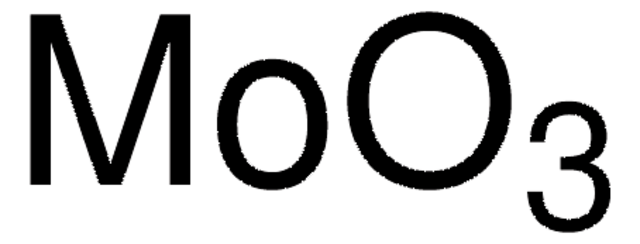213292
Sulfur
99.998% trace metals basis
Synonym(s):
sulfur powder
About This Item
Recommended Products
vapor density
8.9 (vs air)
vapor pressure
1 mmHg ( 183.8 °C)
10 mmHg ( 246 °C)
Assay
99.998% trace metals basis
form
powder or flakes
autoignition temp.
450 °F
resistivity
2E23 μΩ-cm, 20°C
bp
444.7 °C (lit.)
mp
112.8 °C (rhombic) (lit.)
117-120 °C (lit.)
119.0 °C (monoclinic) (lit.)
density
2.07 g/mL at 25 °C
SMILES string
[S]
InChI
1S/S
InChI key
NINIDFKCEFEMDL-UHFFFAOYSA-N
Looking for similar products? Visit Product Comparison Guide
General description
Application
Signal Word
Warning
Hazard Statements
Precautionary Statements
Hazard Classifications
Skin Irrit. 2
Storage Class Code
4.1B - Flammable solid hazardous materials
WGK
WGK 1
Flash Point(F)
Not applicable
Flash Point(C)
Not applicable
Personal Protective Equipment
Regulatory Listings
Regulatory Listings are mainly provided for chemical products. Only limited information can be provided here for non-chemical products. No entry means none of the components are listed. It is the user’s obligation to ensure the safe and legal use of the product.
FSL
Group 2: Flammable solids
Sulfur
Hazardous rank II
ISHL Indicated Name
Substances Subject to be Indicated Names
ISHL Notified Names
Substances Subject to be Notified Names
JAN Code
213292-50G:
213292-10G:
213292-250G:
213292-BULK:
213292-VAR:
Certificates of Analysis (COA)
Search for Certificates of Analysis (COA) by entering the products Lot/Batch Number. Lot and Batch Numbers can be found on a product’s label following the words ‘Lot’ or ‘Batch’.
Already Own This Product?
Find documentation for the products that you have recently purchased in the Document Library.
Customers Also Viewed
Articles
From Form to Function: Molding Porous Materials in Three Dimensions by Colloidal Crystal Templating
Solvothermal synthesis is a method for preparing a variety of materials such as metals, semiconductors, ceramics, and polymers.
Spectral conversion for solar cells is an emerging concept in the field of photovoltaics, and it has the potential to increase significantly the efficiency of solar cells. Lanthanide ions are ideal candidates for spectral conversion, due to their high luminescence efficiencies and rich energy level structure that allows for great flexibility in the upconversion and downconversion of photons in a wide spectral region (NIR-VIS-UV).
Our team of scientists has experience in all areas of research including Life Science, Material Science, Chemical Synthesis, Chromatography, Analytical and many others.
Contact Technical Service
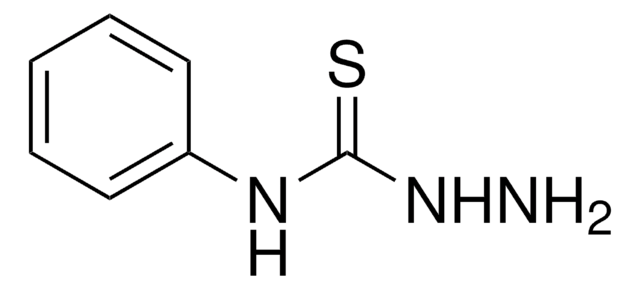
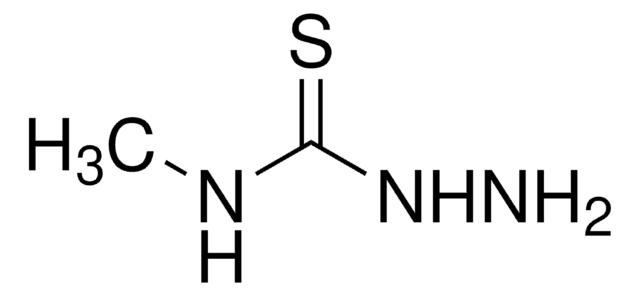

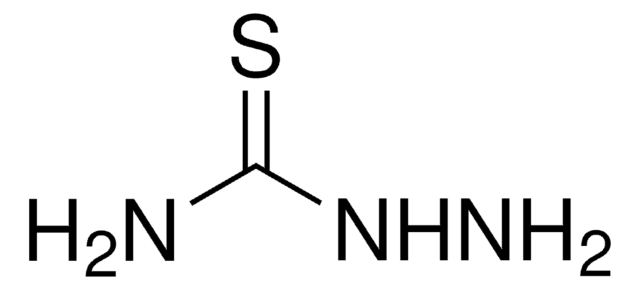
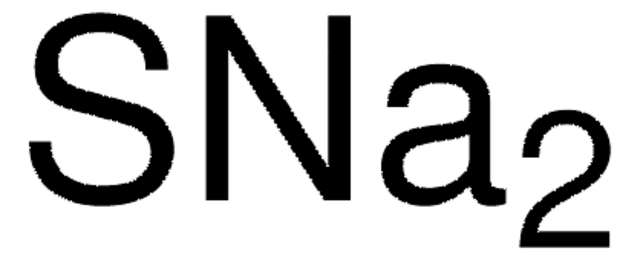
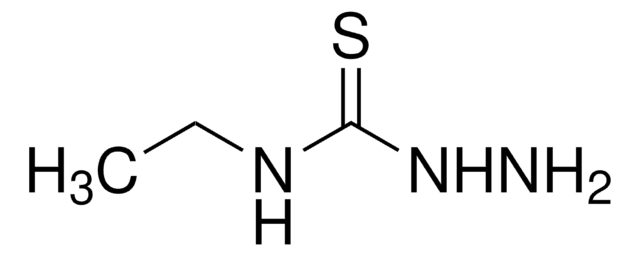
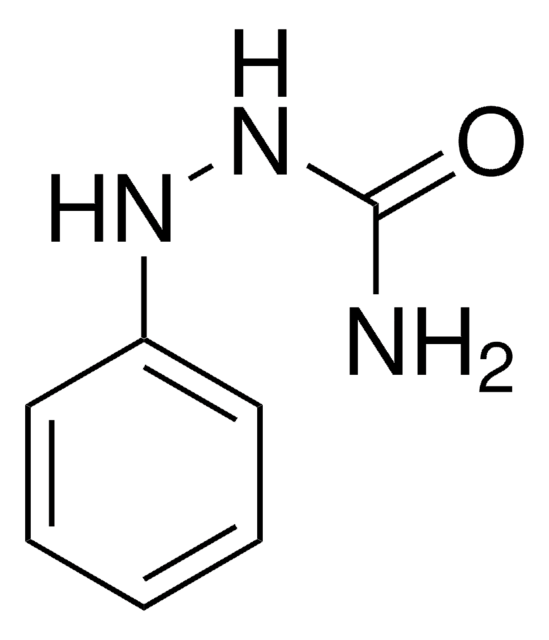

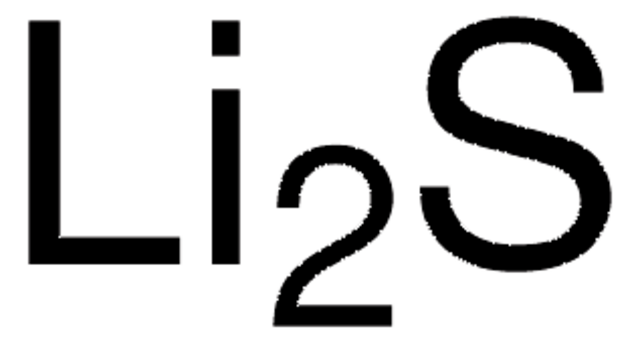
![(11bR)-2,6-Bis(diphenylphosphino)-N,N-dimethyldinaphtho[2,1-d:1′,2′-f]-1,3,2-dioxaphosphepin-4-amine](/deepweb/assets/sigmaaldrich/product/structures/260/755/3101c3e8-e884-4803-ba52-a87c7e168847/640/3101c3e8-e884-4803-ba52-a87c7e168847.png)
